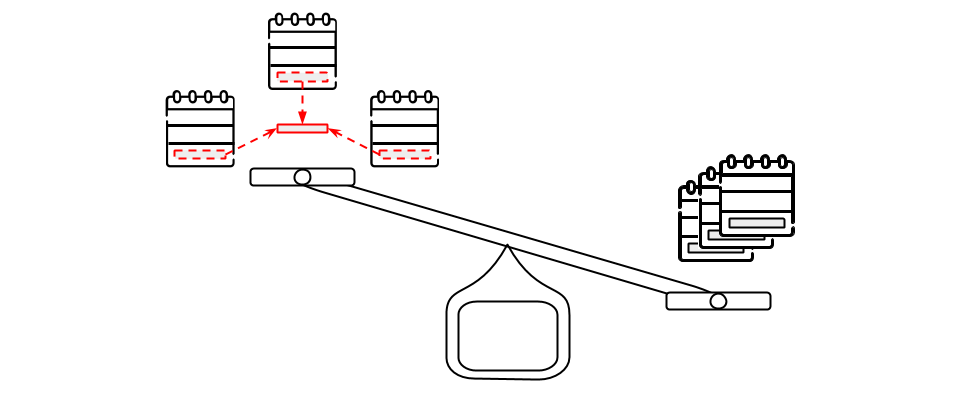Flyweight Design Pattern is a Structural Design Pattern that concerned with space optimization. It is a technique to minimizes memory footprint by sharing or avoiding redundancy as much as possible with other similar objects. Flyweight Design Pattern in Modern C++ is often used in a situation where object count is higher which uses an unacceptable amount of memory. Often some parts of these objects can be shared & kept in common data structures that can be used by multiple objects.
/!: This article has been originally published on my blog. If you are interested in receiving my latest articles, please sign up to my newsletter.
If you haven’t check out my other articles on Structural Design Patterns, then here is the list:
The code snippets you see throughout this series of articles are simplified not sophisticated. So you often see me not using keywords like override, final, public(while inheritance) just to make code compact & consumable(most of the time) in single standard screen size. I also prefer struct instead of class just to save line by not writing “public:” sometimes and also miss virtual destructor, constructor, copy constructor, prefix std::, deleting dynamic memory, intentionally. I also consider myself a pragmatic person who wants to convey an idea in the simplest way possible rather than the standard way or using Jargons.
Note:
- If you stumbled here directly, then I would suggest you go through What is design pattern? first, even if it is trivial. I believe it will encourage you to explore more on this topic.
- All of this code you encounter in this series of articles are compiled using C++20(though I have used Modern C++ features up to C++17 in most cases). So if you don’t have access to the latest compiler you can use https://wandbox.org/ which has preinstalled boost library as well.
#programming #cpp #cpp11 #design-patterns #coding
